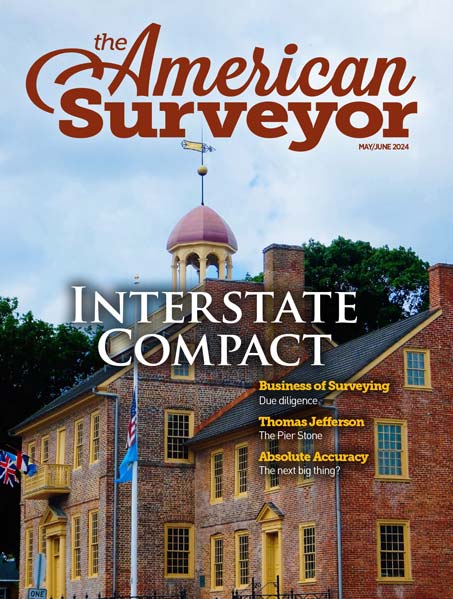"Construction in segments most closely tied to government spending continues to lead the path to nonresidential construction recovery. Expect year-over-year comparisons to improve going forward, but monthly data will remain choppy for the next several quarters." —ABC Chief Economist Anirban Basu
In a sign of a weak economy and tight credit market, private nonresidential construction spending was unchanged in November, according to the January 4 report by the U.S. Census Bureau. On a year-over-year basis, private nonresidential construction spending has fallen 20.6 percent. Total nonresidential construction spending fell 0.2 percent from October and 10.9 percent from November 2008 to $641.2 billion.
Despite the data, six nonresidential construction subsectors experienced spending increases on a monthly basis, including water supply, up 9.7 percent, sewage and waste disposal, up 3.5 percent, and religious construction, up 3.1 percent. Three subsectors were unchanged on a monthly basis. These were construction related to manufacturing, transportation and public safety. Four subsectors posted increases in spending on a year-over-year basis, including conservation and development, up 15.3 percent, transportation, up 10.2 percent, and power-related construction, up 6.2 percent.
Meanwhile, subsectors with the largest monthly decreases in construction spending include highway and street, down 2.9 percent, health care, down 2.6 percent, and amusement and recreation-related construction, down 2.6 percent. The worst year-over-year performers continue to be lodging, down 45.6 percent, commercial construction, down 38.0 percent, and office construction (down 29.4 percent).
Residential construction spending slipped 1.6 percent for the month and 10.9 percent from the same time last year. Overall, total construction spending shrank 0.6 percent on a monthly basis and 13.2 percent on a year-over-year basis.
What This Means
“The economic activity stemming from developer-driven projects continues to be extremely weak,” said Associated Builders and Contractors (ABC) Chief Economist Anirban Basu. “With office and retail vacancy rates rising across much of the nation, and with credit available to developers still tight, recovery in developer-driven activities is not anticipated anytime soon.
“Moreover, the decline in highway and street construction may be a reflection of the fact that many stimulus-engendered road projects are now winding to a close,” said Basu. “However, one should not exaggerate the importance of one month of data, particularly a month like November, which is subject to seasonal distractions.
“Construction in segments most closely tied to government spending continues to lead the path to nonresidential construction recovery. Water supply and sewer/waste disposal-related construction were both up for the month, and the level of construction related to public safety remains stable,” said Basu. “ABC members can expect year-over-year comparisons to improve going forward, but monthly data will remain choppy for the next several quarters.”
